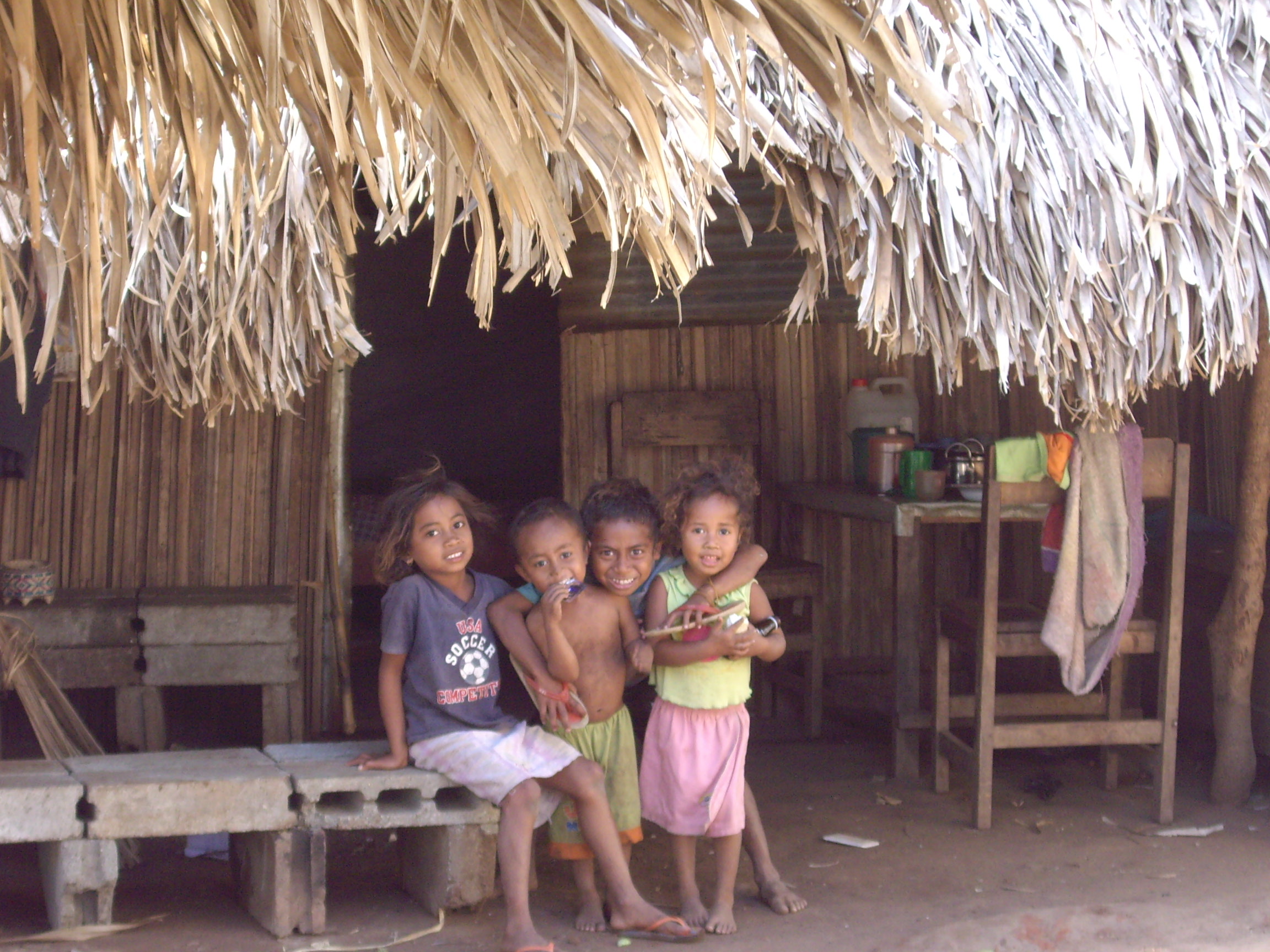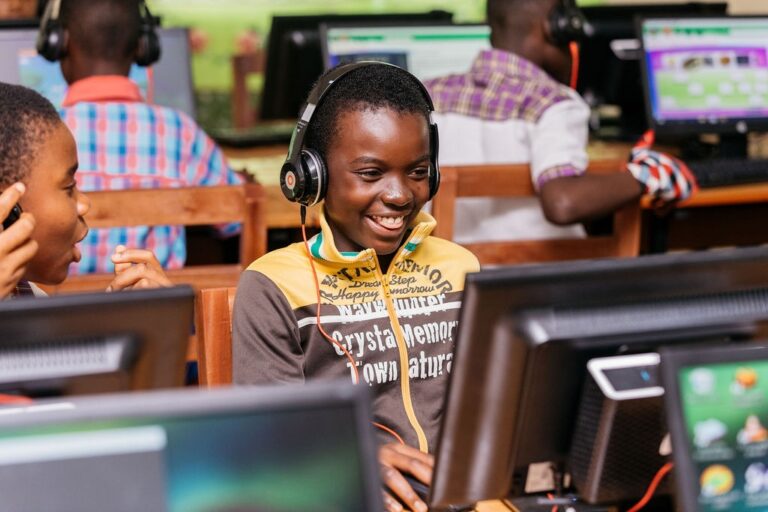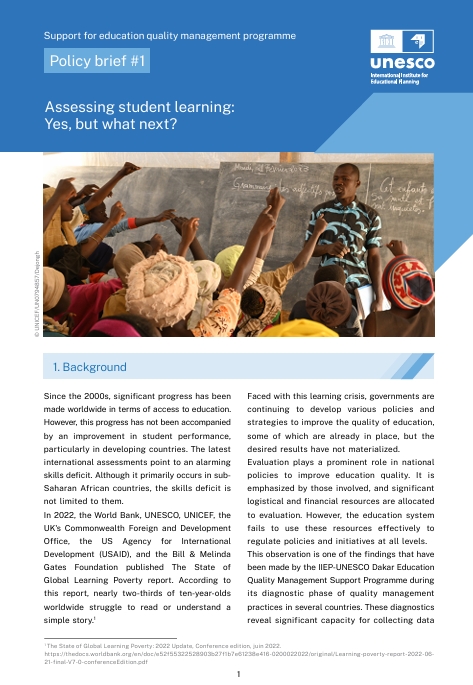In this blog, the Pacific Community’s Education Quality and Assessment Program explain the way they support governments from across the region in producing national education monitoring reports, and how improved data collection and analysis at the national level is essential for responding to challenges in education.
The unique Pacific region is made up of tens of thousands of islands, scattered over an area equivalent to 15% of the globe’s surface, and home to 11.4 million people of which almost three quarters live in one country, Papua New Guinea. Despite their cultural and linguistic diversity, the Pacific Island countries and territories that are members of the Pacific Community share several challenges in their efforts to make progress towards the Sustainable Development Goals (SDGs). These include small but growing populations, limited resources, remoteness, susceptibility to natural disasters, vulnerability to external shocks, excessive dependence on international trade and fragile environments.
Against this backdrop, education is one of the most powerful instruments for reducing poverty and inequality and laying a foundation for sustained economic growth. While there has been improvement in access to education, gender parity and monitoring of learning outcomes, many countries have not yet achieved universal primary and lower secondary education. To effectively respond to their education challenges, national governments and their partners require data and analysis to inform policy decisions.
The 2017/8 Global Education Monitoring (GEM) Report Accountability in education: meeting our commitments highlighted the importance of national education monitoring reports for governments to report to their citizens on the implementation of their programmes. A review carried out by the Report team found that as many as 11 of 15 Pacific Island countries and territories had produced national education monitoring reports since 2010, despite capacity and resource constraints, demonstrating a willingness for transparency.
 For example, the Tuvalu Education Management Information System (TEMIS) was developed in 2012 to significantly improve the collection and use of data for education planning, monitoring and decision making for a population of 3000 students and 230 teachers in 18 early childhood care and education centres, 10 primary schools and 2 secondary schools spread across nine islands.
For example, the Tuvalu Education Management Information System (TEMIS) was developed in 2012 to significantly improve the collection and use of data for education planning, monitoring and decision making for a population of 3000 students and 230 teachers in 18 early childhood care and education centres, 10 primary schools and 2 secondary schools spread across nine islands.
A workshop held in Funafuti in 2016 trained 21 master trainers who then trained all schools in Tuvalu. The workshop was also important for those in the education sector to build their analytical and planning skills to improve and monitor the quality of education delivered to children in Tuvalu.

The Ministry of Education, Youth and Sports (MEYS) produces an annual statistical report that includes indicators relevant to monitoring progress against its policies and the three strategic outcomes of the Tuvalu Education Sector Plan (TESP III 2016-2020) as well as regional (PacREF) and international (SDG 4) commitments. This report contains data from TEMIS, the National Statistics Office, the National Assessment Unit within MEYS and government budget appropriation statistics.

Some challenges have been identified as: increasing the response rates to the annual school census to guarantee data validity; timely publication of statistics to improve their relevance and usefulness; and provision of capacity and resources to ensure the ability to analyse the data. Education reports in some countries could be more widely available to the public. Addressing the challenge requires adequate resources, expertise and coordination. Recognising this, governments, regional bodies and their development partners have begun working to strengthen national monitoring and evaluation systems in education.
A regional coordination mechanism
 With a long trajectory in the Pacific, established in 1977 as SPBEA, incorporated at SPC 2010, and attaining its current structure in 2015, the Pacific Community’s Education Quality and Assessment Program (EQAP) works with countries and territories to compile data on education inputs, participation, efficiency, and outcomes, which are compiled in the form of a national Education Statistics Digest or Annual Report. These statistical reports illustrate key education indicators, attainment, equity, learning outcomes, finance, policy data and other analysis of education information.
With a long trajectory in the Pacific, established in 1977 as SPBEA, incorporated at SPC 2010, and attaining its current structure in 2015, the Pacific Community’s Education Quality and Assessment Program (EQAP) works with countries and territories to compile data on education inputs, participation, efficiency, and outcomes, which are compiled in the form of a national Education Statistics Digest or Annual Report. These statistical reports illustrate key education indicators, attainment, equity, learning outcomes, finance, policy data and other analysis of education information.
One of the main aims of EQAP is to improve capacity and coordination in the area of monitoring and evaluation in countries and territories – an aim supported by the GEM Report, which has advocated for the importance of regional organisations to achieve SDG 4.
As well as working on supporting these statistical reports, EQAP staff work with national policy-makers to harmonize national monitoring frameworks so that they line up easily with regional reporting and activities, and with global commitments.
 On the back of the GEM Report’s #MakeitPubliccampaign, EQAP will be working alongside governments in the Pacific Island countries and territories to strengthen national reporting processes, including:
On the back of the GEM Report’s #MakeitPubliccampaign, EQAP will be working alongside governments in the Pacific Island countries and territories to strengthen national reporting processes, including:
- Supporting countries who haven’t yet published a report to do so;
- Improving the depth of analysis and accessibility of current reports to improve their usefulness for a more diverse audience;
- Encouraging countries to build on existing reports and ensure these are updated in a timely manner.
To keep informed of new national education monitoring reports visit the GEM Report’s #MakeitPublic campaign website.
CONTINUE READING AT AUTHORS WEBSITE >>



![[Preliminary Report] CRNA Collaborative Research for Exploring Factors Nurturing"Happy and Resilient" Children among Asian Countries](https://equity-ed.net/wp-content/uploads/2024/09/1725672182698.jpg)


